For those few Gaza hospitals not bombed or evacuated during the Gaza war, the influx of wounded and dead made for a hellish 24/7 chaos in their halls, as well as growing refugee camps on their perimeters. At the height of fighting in late July and early August, doctors and journalists reported that Gaza’s hospitals, often without electricity or water, were so packed that some patients were being treated on the floor. Dead bodies stacked up so fast that some had to be stuffed in food refrigerators.
“The hospitals are full, the capacity is full — we cannot accommodate more,” Yousef Al Sweity, a doctor at the Al Awad Hospital in northern Gaza, told the Journal in late July, in a high-pitched panic. The hospital’s maternity ward, the only one of its kind in Gaza, was overflowing with hundreds of pregnant women either miscarrying or delivering prematurely as a result of their injuries. “Also because of the fear,” he said.
Yet, just a 15-minute drive north, a spacious Israel Defense Forces (IDF) field hospital erected on July 21 at Erez crossing, the only pedestrian walkway between Gaza and Israel, remained almost entirely empty.
On Aug. 1, when a pack of reporters visited the IDF hospital, they didn’t see a single Gazan. Twenty full-time staff wore crisp scrubs — a far cry from the blood-splattered uniforms at Al Shifa, Gaza’s central hospital. Floors were squeaky clean. Brand-new stuffed animals sat unloved on empty cots, and pyramids of gauze rolls went unused. A miniature maternity ward stood silent.
Some journalists were confused as to why the Israeli Government Press Office would bus them all the way to Erez to show off a hospital without patients. “I was surprised there were no Palestinians here,” a French reporter told the Times of Israel. “This could be very damaging to Israel’s image.”
Guy Inbar, spokesman for the Coordinator of Government Activities in the Territories (COGAT), the agency that manages Erez crossing, told the Journal that the IDF field hospital was prepared to accommodate as many patients as were willing to accept treatment.
However, IDF doctors only took in around 50 to 60 patients over a month of fighting — and the hospital eventually closed its doors due to inactivity.
“We heard there was no place at the Palestinian hospitals in Gaza. We heard about a lack of medical equipment,” Inbar said. “So we were prepared to have many patients … we even prepared the ability to do surgeries in that hospital. But even though we offered it, the Palestinians decided not to [come].”
Israeli officials claim Hamas prohibited ambulances from delivering Palestinian patients to the IDF field hospital.
Medhat Abbas, director general of the Gaza Ministry of Health, run by Hamas, confirmed. “We as the Ministry of Health will never, ever send a Palestinian patient to these child killers,” he said.
“These are the people who are killing our children,” Abbas said. “We don’t need their help — we need to bring them to justice, not bring our children to their hospitals.”
Because of this policy, Inbar said, the IDF field hospital’s only patients were Palestinians carried back from the battlefield by Israeli soldiers or those needing urgent care during their transfer through Erez by the International Committee for the Red Cross (ICRC).
“Of course we were aware of this hospital,” said Ran Goldstein, the spokesman for ICRC in Tel Aviv. “But when we coordinate or evacuate wounded people from Gaza, we do it according to the rules of the PRCS [Palestine Red Crescent Society].”
As of press time, a spokesperson for PRCS, Gaza’s main ambulance service, had not returned multiple calls requesting comment. However, medics working with the PRSC told the Journal that, like Hamas health officials, they never would have considered rushing patients straight into the hands of the same army that bombed them.
Mahmoud Abu Rahma, spokesman for the Al Mezan Center for Human Rights in Gaza, said his organization took testimony from Palestinians who refused treatment from the IDF, including patients with long-term permits to leave Gaza for existing medical conditions who were now being rerouted to the field hospital.
“The certain thing is that the Israeli army was frustrated that people didn’t want to go to their hospital,” Abu Rahma said. “I think people understood that this was a huge part of the Israeli propaganda. They were aware of how this would be used.”
Another point of confusion surrounding the field-hospital concept was how Gazans would get there when they needed emergency treatment most. During the IDF ground operation, in which hundreds of Palestinians were wounded every day and night, PRSC ambulances came under heavy fire when they even slightly breached the battle zone.
Information gathered by the Journal over weeks speaking with IDF soldiers and witnesses in Gaza indicated that Palestinian fighters sometimes used ambulances for transportation, and that as a result, the IDF often targeted ambulances during ground fighting.
The IDF field hospital “is a joke,” said Ahmad Abu Azan, a 25-year-old medic for the PRSC. Israeli tanks blew big chunks out of Abu Azan’s legs while he was trying to evacuate wounded civilians out of the hard-hit Shujaiya neighborhood on July 30. “No one will accept to come to an Israeli hospital after what they did.”
Abu Azan, now recovering in an East Jerusalem hospital, said his ambulance driver and a Palestinian photojournalist traveling with their medical team didn’t survive the rescue mission.
Aside from the contradictory nature of setting up an IDF hospital to treat IDF-inflicted wounds, said Ran Cohen with Physicians for Human Rights in Israel, “The reason it’s not succeeding is because arrival needs to be coordinated with COGAT. This is something most people can’t do.”
After struggling to draw patients to the IDF’s on-site treatment center at Erez, COGAT now mainly facilitates the transfer of Palestinian war casualties to hospitals outside of Gaza, in coordination with Palestinian health officials in the West Bank.
Inbar estimated that about 500 injured Gazans have been transferred through the Erez crossing over almost two months of war — and from there, corridors to safety have become as complex and political as the region.
The majority of evacuated Gazans are ending up at hospitals in the West Bank and in East Jerusalem (the largely Palestinian part of Israel’s capital city). “We feel safe that they’re in Palestinian hands,” said Abbas, director general of Gaza’s Ministry of Health.
Dozens have also been treated in Israel proper, and a few dozen more have reached Jordan, via long and checkpoint-heavy ambulance rides, and Turkey, via private flights out of Israel’s Ben-Gurion Airport. In addition, more than 200 Palestinians have been transferred through Gaza’s southern Rafah crossing and treated in Egypt, Abbas said.
Internationally, hosting Gaza patients is becoming a public-relations race: Seven-year-old Maha Khalil, paralyzed from the neck down, was swarmed by reporters on her trip through Erez crossing; once she was settled in a fresh hospital bed in Turkey, Turkish President Recep Tayyip Erdogan kissed the girl’s limp hand for the cameras.
But in the West Bank and East Jerusalem, the honor of hosting Gazans is also a duty — and hospitals are creaking under the load.
East Jerusalem’s Al Makassed Hospital is well on its way to reaching the overflow state of Al Shifa Hospital in Gaza City, and is turning into a makeshift camp for injured and kin. Family members who accompanied more than 70 patients from Gaza were granted only one-day permits in the city and have no safe way of traveling back into Gaza. So now they’re sleeping in the halls of Al Makassed, afraid of being stopped by police outside hospital walls.
Children’s clothes and bedding hang from the window of every room. And in the hospital’s back lot, Al Makassed staffers set up two prefab mobile homes equipped with toilets and showers, courtesy of the Bank of Palestine. They’re planning to install two more.
Wael Namel, a 26-year-old father writhing in pain at Al Makkased, was wounded in a surprise F-16 attack while walking the streets of Rafah with nine family members during a temporary cease-fire. That day, after Israeli combat soldier Hadar Goldin disappeared in Rafah — at the time a suspected captive of Hamas — Israel bombarded the civilian-filled area in an attempt to halt the abduction.
After the attack was over, Goldin was declared dead — as were at least 100 Palestinians, including Namel’s brother and sister. He and his 3-year-old daughter each lost a leg; his wife, now hospitalized in Hebron in the West Bank, lost both legs.
In the ambulance en route to East Jerusalem, Namel said he noticed a sheet with an Israeli flag pattern covering his contorted lower half. Despite his condition, he said, he “threw it off.”
“I also refused to go to Egypt” for treatment, Namel said. “I’m angry at Egypt [and Israel] because they’re just surrounding Gaza.”
Israeli hospitals have been more hesitant than Palestinian ones to invite reporters to the bedsides of their Gaza patients. At Barzilai Medical Center in Ashkelon on Aug. 26, two IDF soldiers guarded a Palestinian man named Mohammed whom they said had been picked up in Gaza, near the border fence, by the IDF’s all-Bedouin unit.
The hospital said that in order to interview Mohammed, the Journal would need permission from the IDF. The IDF then said the Journal would need permission from COGAT, who again said the Journal would need permission from the IDF.
After an hour of run-around, it was clear no interview would happen.
The apparent reason: Everyone at Barzilai seemed to suspect Mohammed to be a Palestinian militant. “I think he’s from Hamas,” one woman staffer said. A Red Cross representative referred to him as a “terrorist” on a phone call with a hospital official. And two Israeli teenagers stuck their heads into his room, yelling simply, “Hamas!”
Here, at this squat ocean-view hospital in Israel’s largest city adjacent to Gaza, thin walls separate suspected Palestinian militants from Israeli soldiers and Bedouins injured by Hamas mortars. Also on Aug. 26, dozens of lightly injured and in-shock Ashkelon residents, their faces like ghosts, streamed into the emergency room after an unusually large Hamas rocket hit a residential area.
It was also at Barzilai that a 75-year-old woman from the Khan Younis area of southeast Gaza was treated for about a week during the war, after IDF soldiers found her starved and dehydrated under a tree and brought her to the Erez field hospital.
“At the beginning she was very suspicious, but after that, she let the crew take care of her and treat her,” Inbar said.
And when a field hospital commander came to visit the woman at Barzilai, Inbar said, “She was very glad and happy to see him again. She didn’t stop hugging him and kissing him and thanking him for saving her life, and for the treatment she received from the IDF.”
Inbar said of the encounter: “Everyone was angry with me, asking why I didn’t bring journalists to see. But I think that would be kind of a propaganda thing.”
The Khan Younis woman’s stay in Israel has become something of a legend back home in Gaza, too.
“She got tired, and she found a tree,” said Rasan Abu Jela, a friend of the woman’s son. “She was sitting in the shade when a tank arrived, and soldiers gave her some food. Then they came back after two to three days, and she was still there. So the Israeli army took her to Israel.”







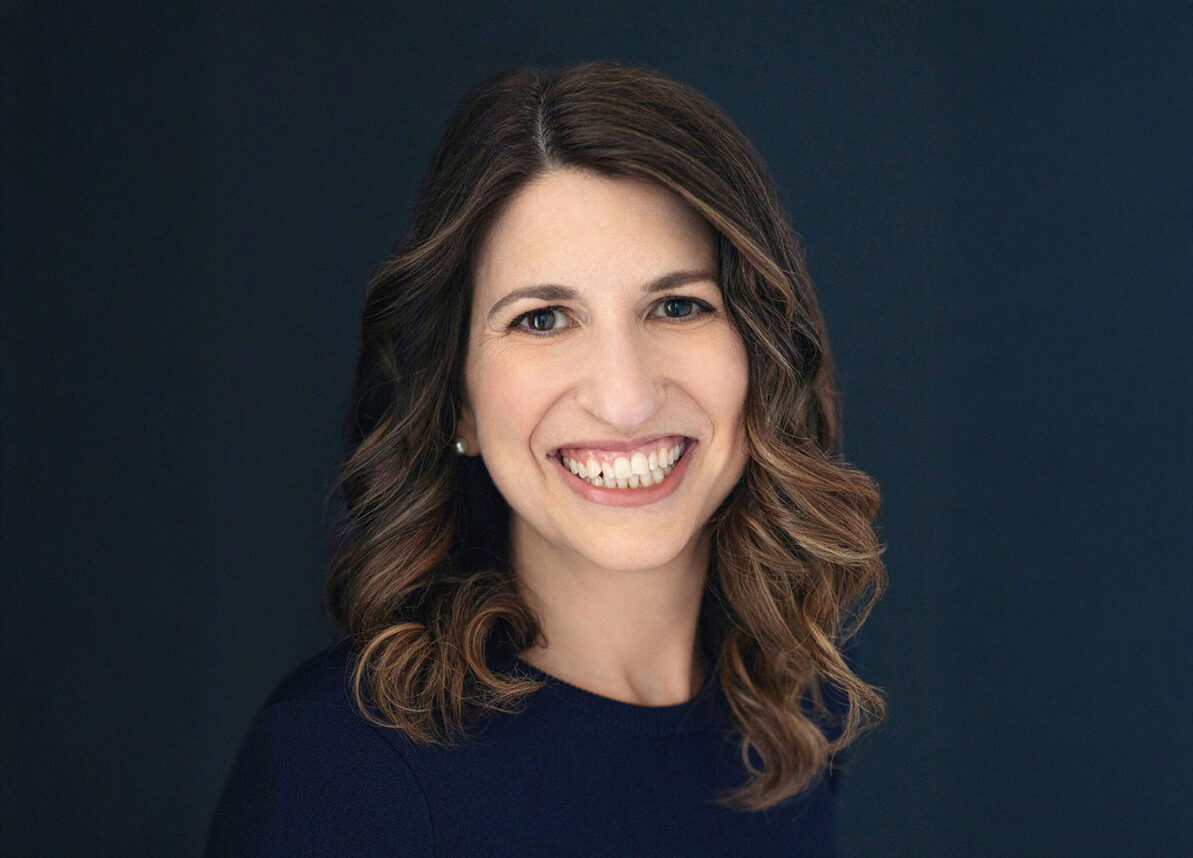

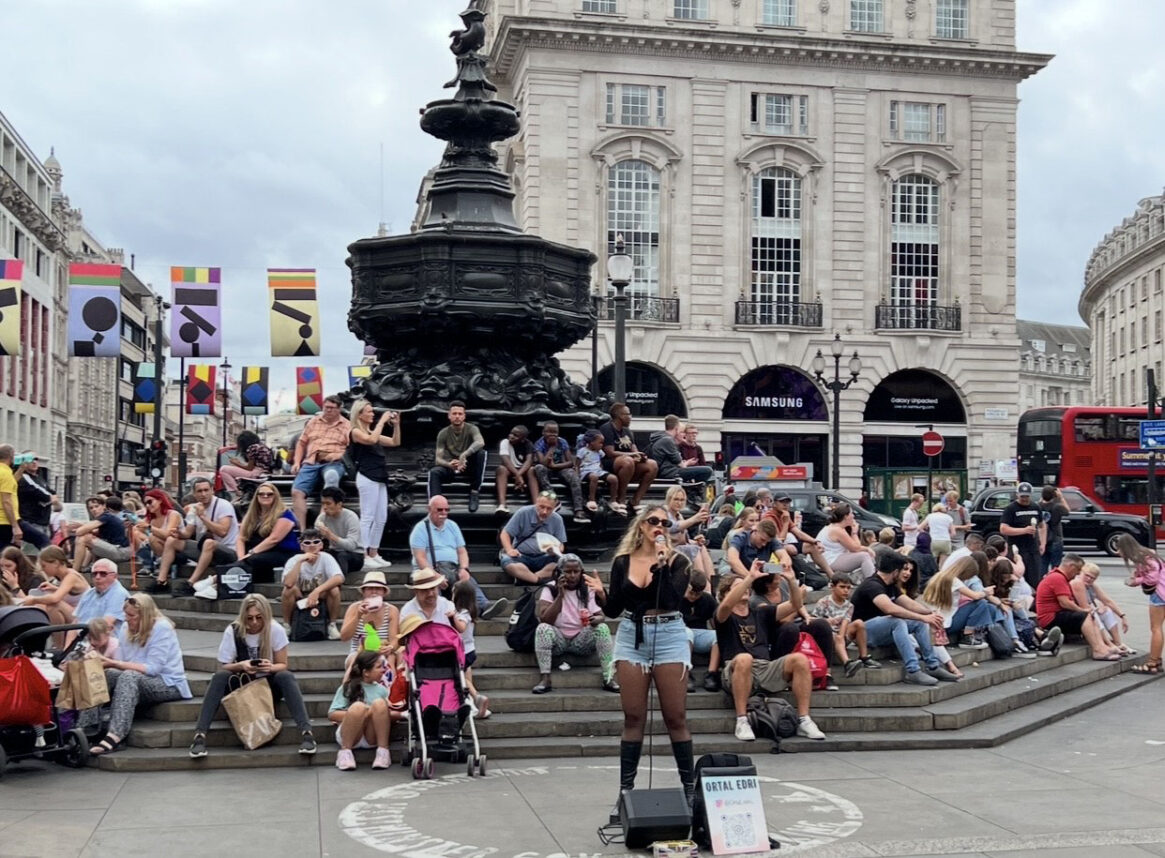
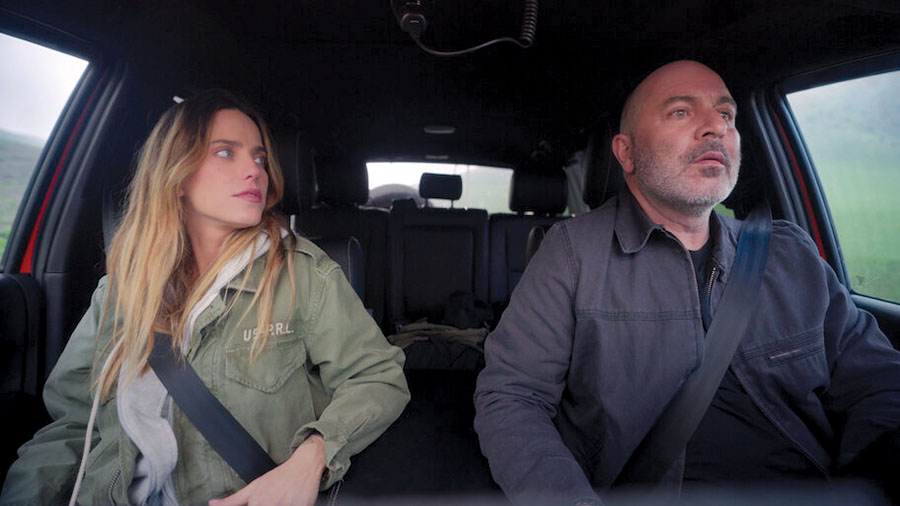
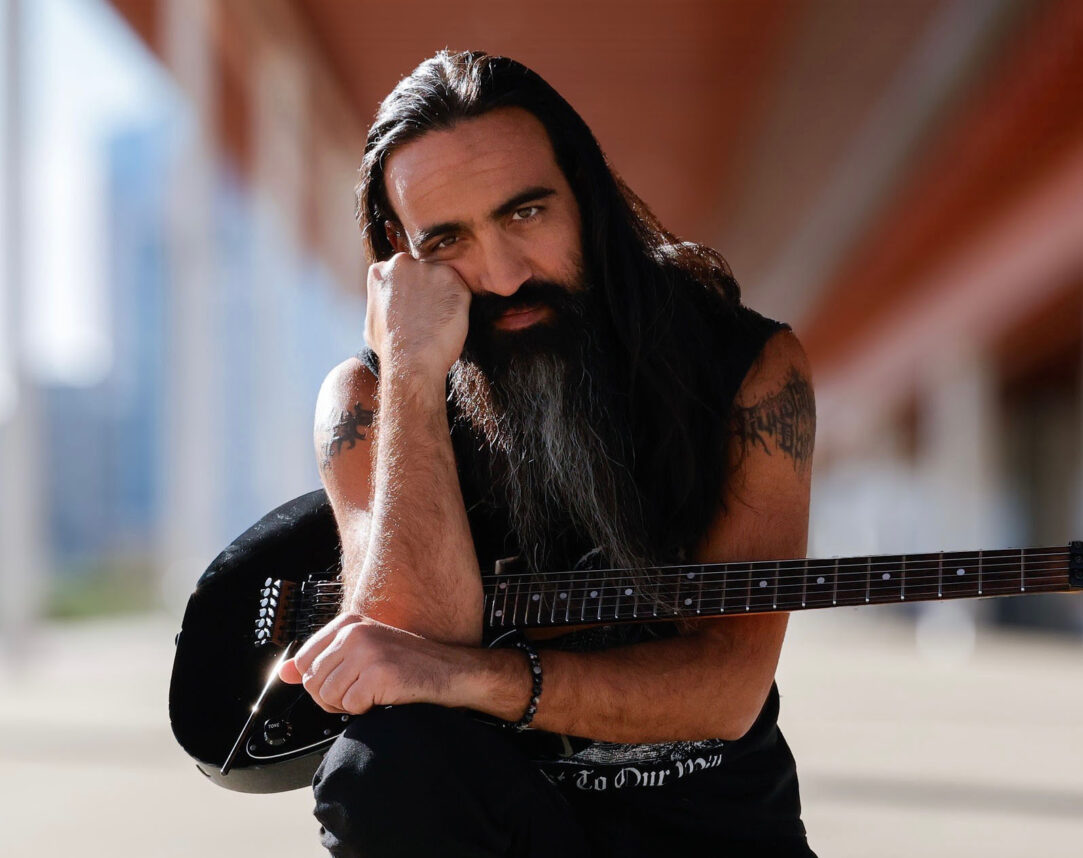
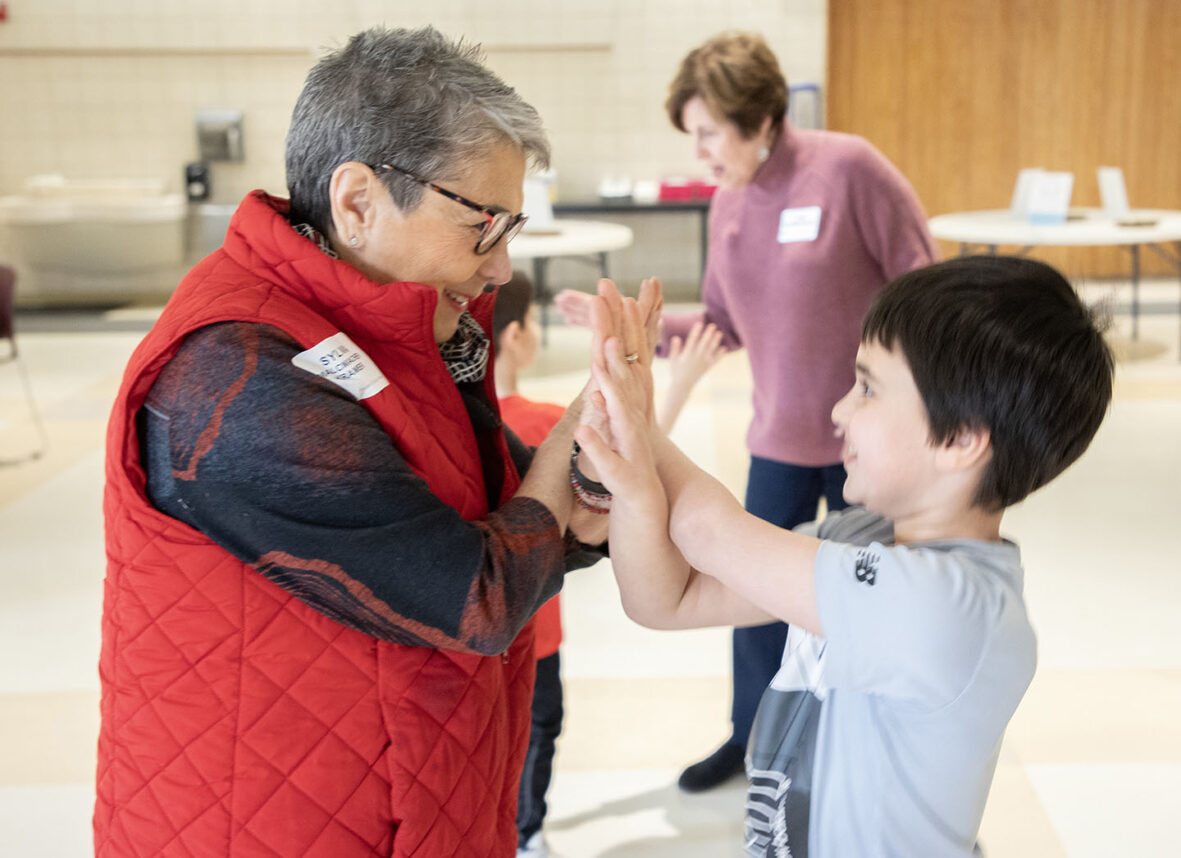




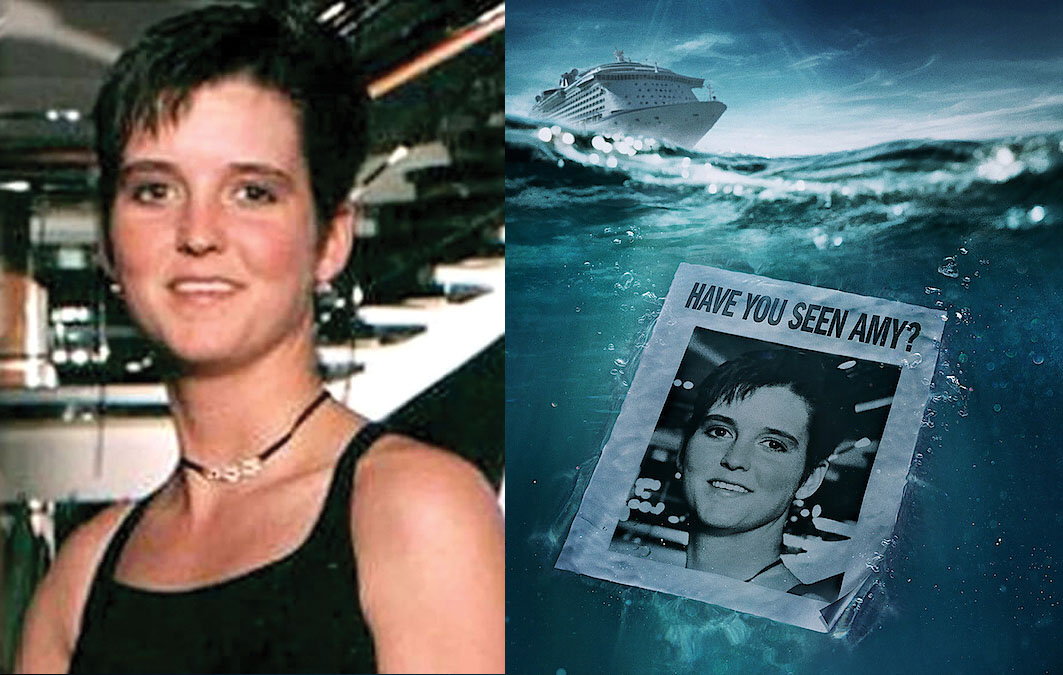
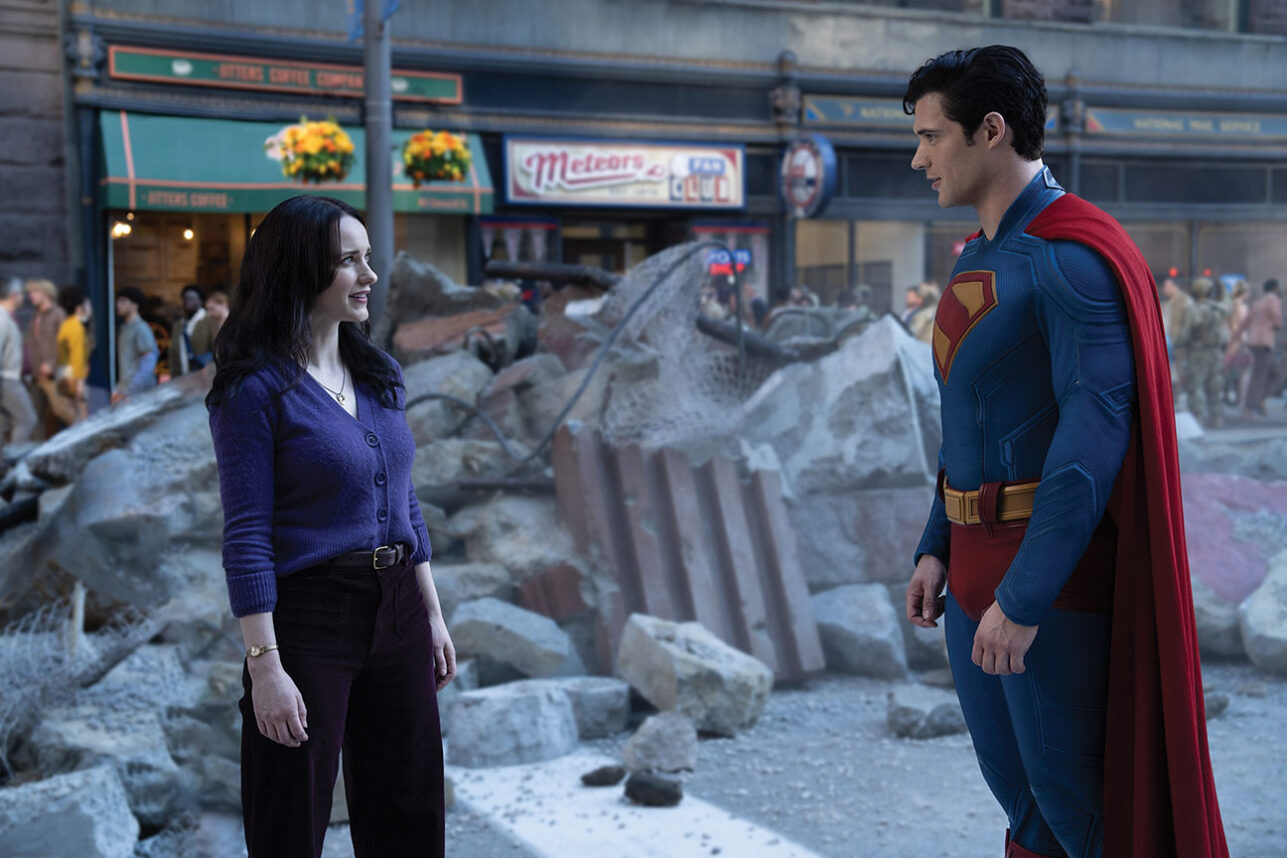


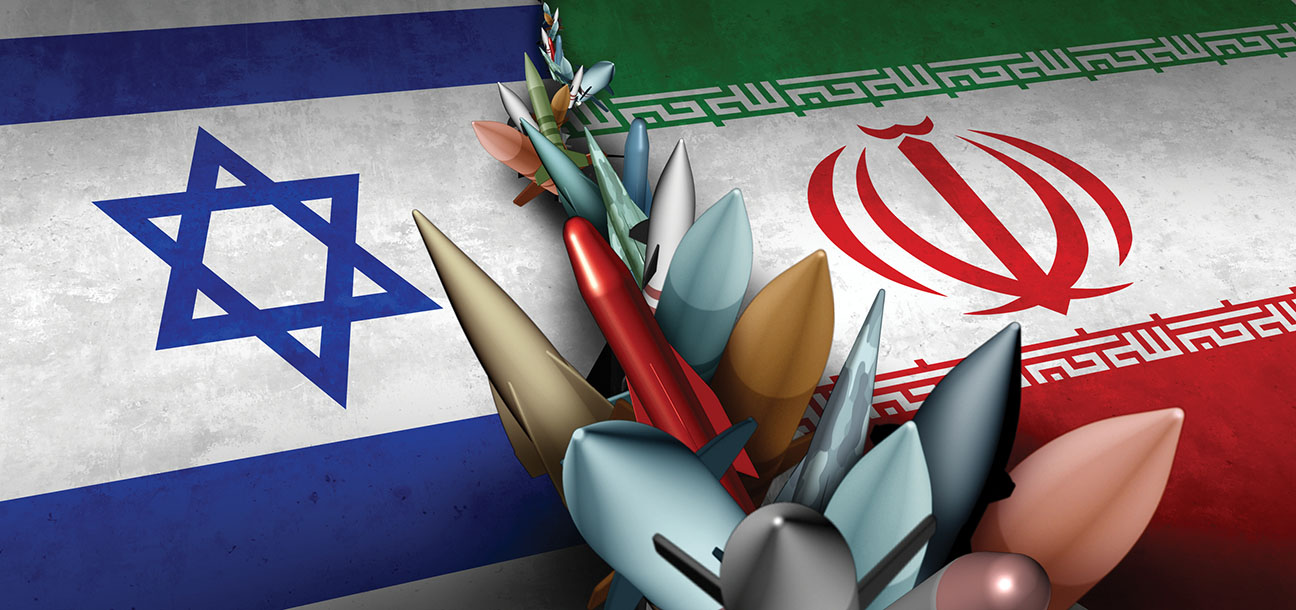
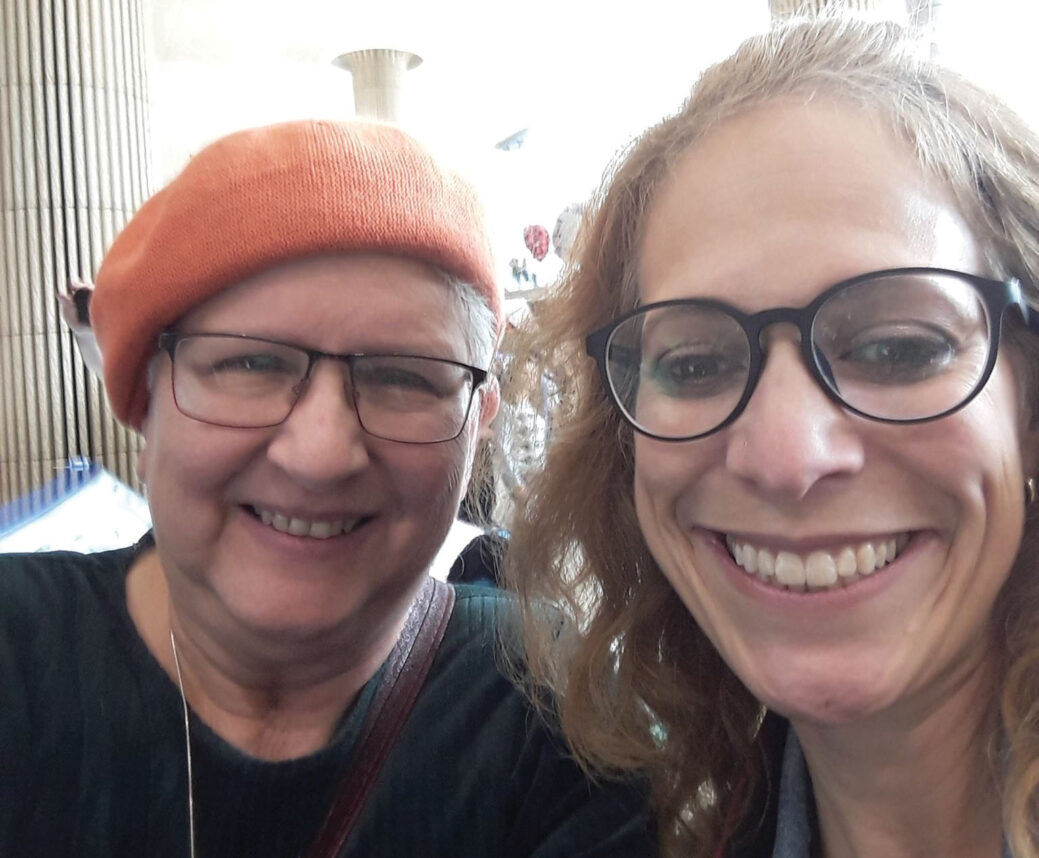
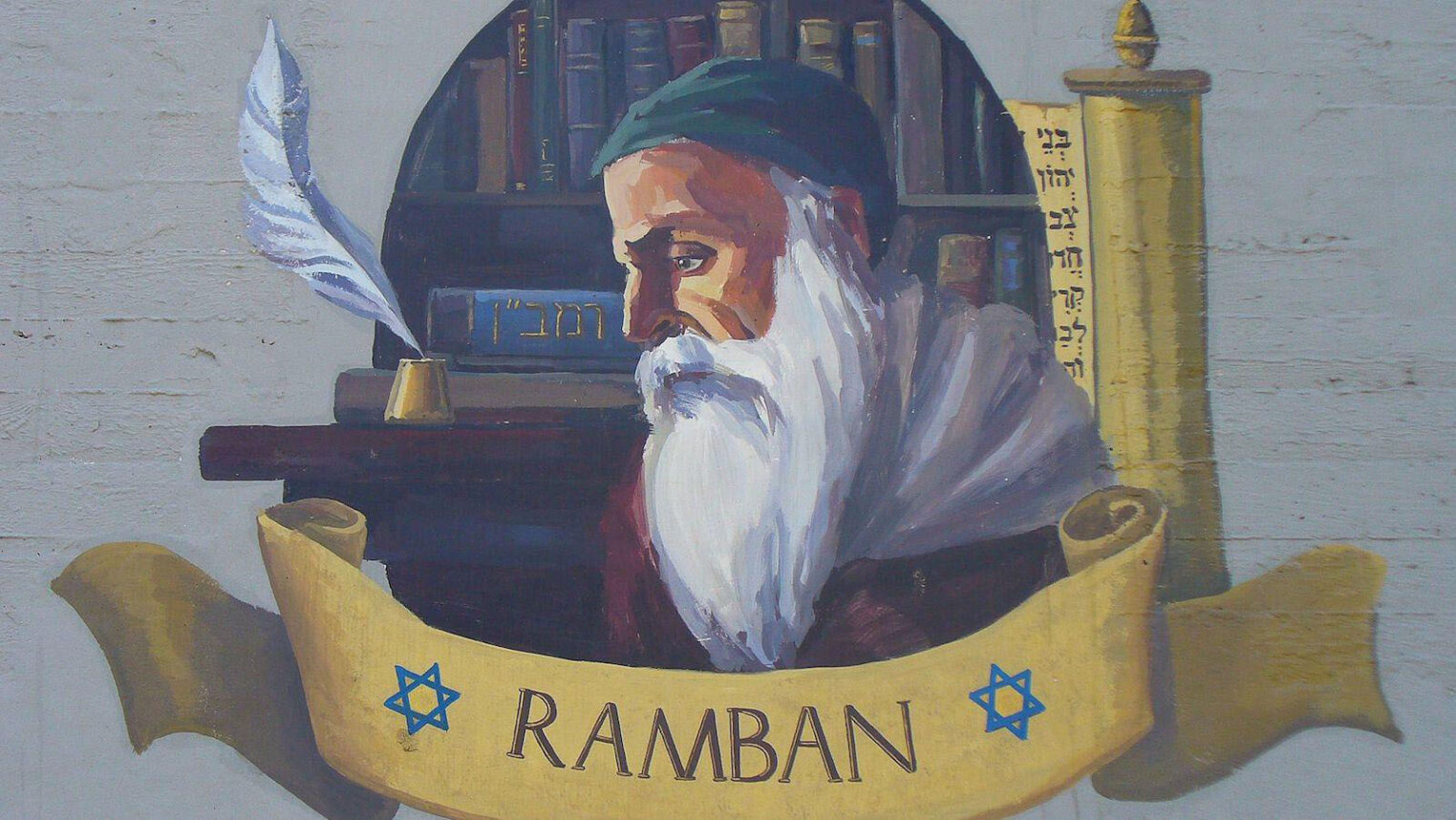


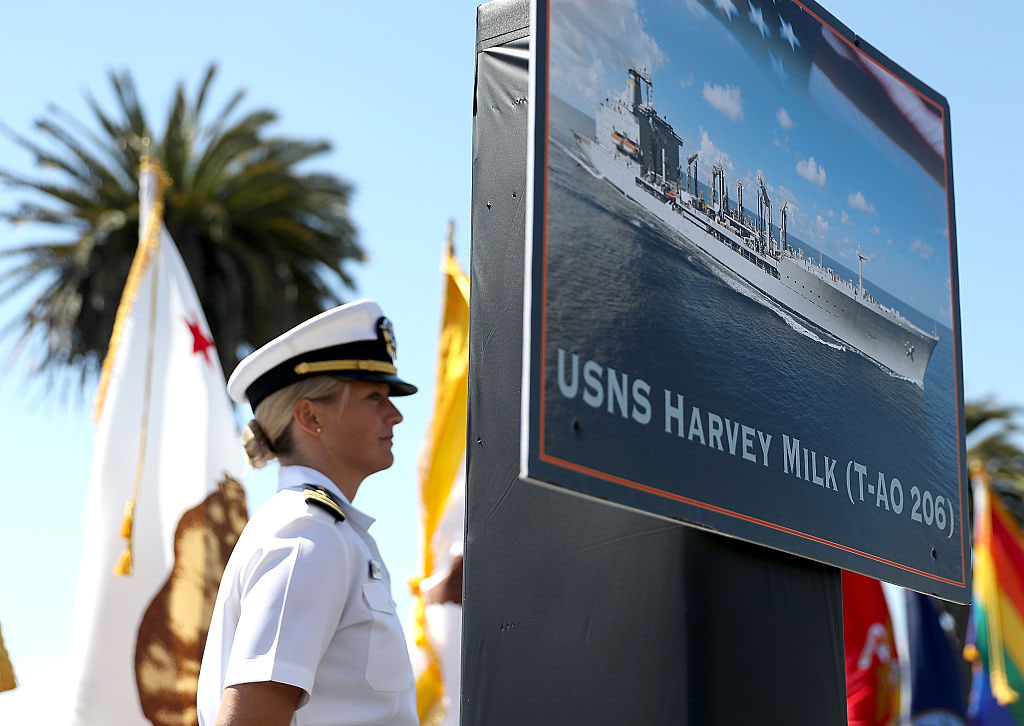






 More news and opinions than at a Shabbat dinner, right in your inbox.
More news and opinions than at a Shabbat dinner, right in your inbox.